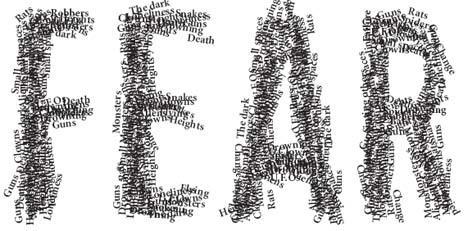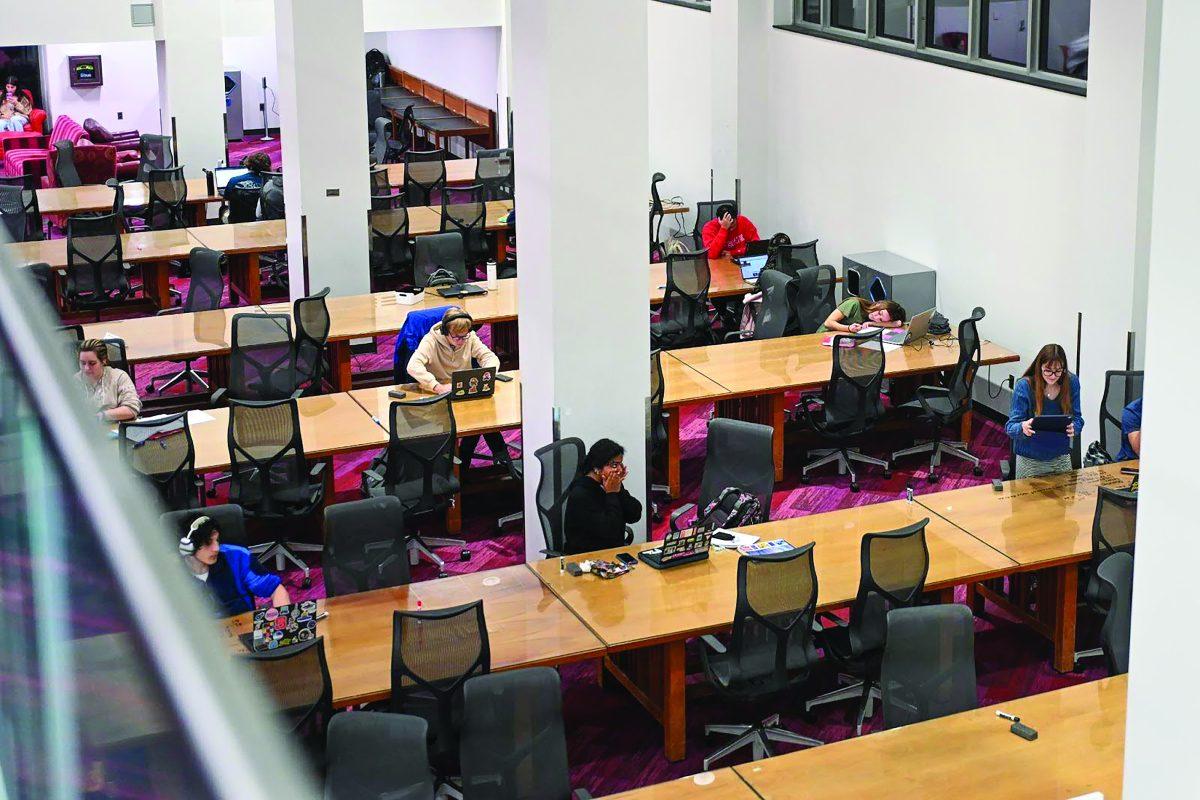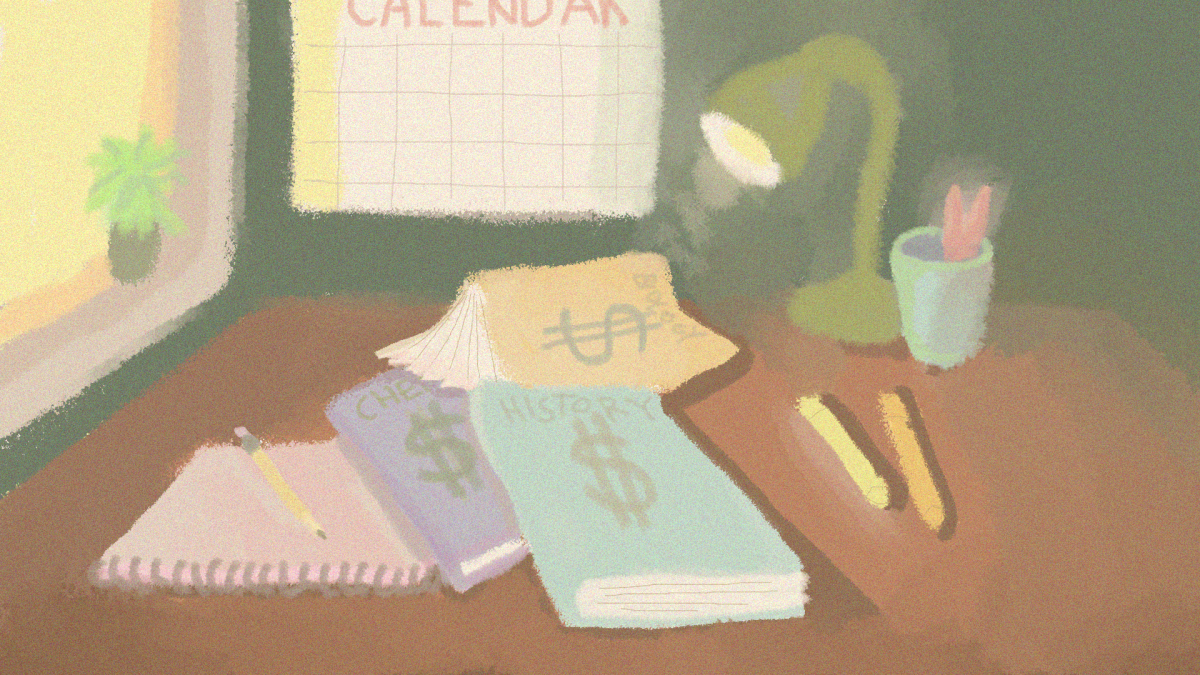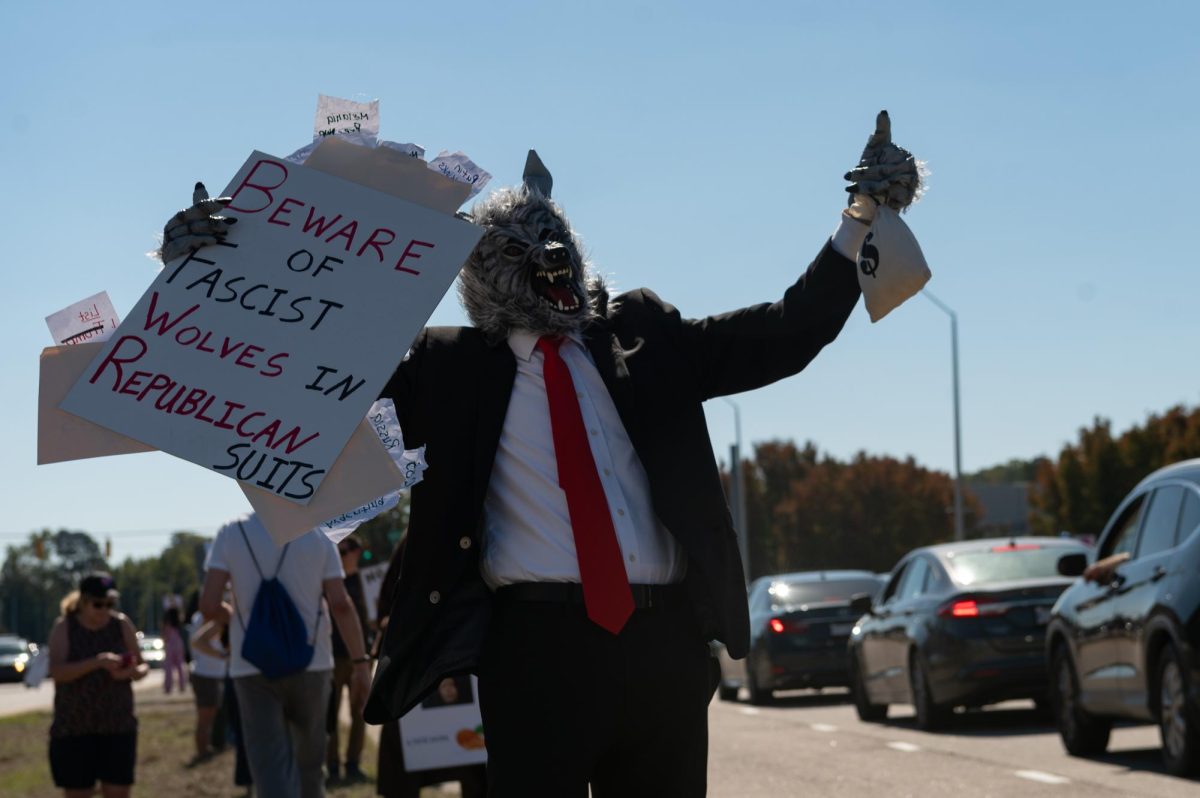Halloween is a night filled with horror movies, scary costumes and images of death, all meant to scare and terrify.
So why do some people enjoy being scared, while others can’t stand it?
It all comes down to the science of fear, and what happens both during and after getting scared.
Fear is an emotional response to an event in the world and can be different for different people. What makes a person feel fear is based on that person’s interpretation of the event.
“A lot of our emotions come from our interpretation, so you have these physiological responses and how you interpret it is whether or not you enjoy it,” Anne McLaughlin, assistant professor of psychology, said.
At a psychological level, fear is caused by a response in a part of the brain called the amyglada, a small part of the brain in the limbic system, a collection of neurocell nuclei, according to Douglas Gillan, head of the psychology department.
This causes the autonomic nervous system to activate, causing pupils to dilate, heart rate and blood pressure to increase, hair to stand on end and, sometimes, the stomach to palpitate.
“This autonomic nervous system kind of activates this whole gamut of responses that get you ready — sort of a fight-or-flight instinct,” Gillan said. “If you can run away, you’ll run away, or if you’re stuck, you’re prepared to fight.”
McLaughlin said a person’s interpretation determines whether he or she will enjoy being scared.
“So, for example, if you were in the middle of the woods and a bear started chasing you, well, you’re not going to enjoy that. Your interpretation is correct that your life is in danger and you need to get away,” McLaughlin said. “But, if you’re going to a haunted house that you know is set up by a fraternity on campus, you’re expecting them to come up with surprises that will cause these responses, but you know ultimately you’re safe, that you can enjoy that interpretation of it is that you’re very scared.”
Gillan said a lot of things people are afraid of are learned, and that’s where the individual differences are.
“If we have a bad experience with some event, some stimulus, that can make us afraid of it,” he said, adding he became scared of heights after crossing a foot bridge over railroad tracks with his older brother, who would swing the bridge. He became so scared of heights that he would walk to the railroad tracks and cross, which he said was probably less safe than walking over the bridge.
“I was sufficiently scared of the height of the bridge that I would risk getting hit by a train,” Gillan said. “That, at least, I could control. That is one thing that scares people, is that lack of control.”
Gillan said one theory, the opponent-process theory of motivation, suggests emotions are paired. When one emotion is experienced, the other is suppressed. Immediately afterward, the opposite emotion is experienced. So if someone feels fear, he or she would feel relief afterward.
“The other thing about the theory is that it says the more time you experience that emotion with a given stimulus, the greater the after effects,” he said. “So something that might scare you the first time you see it becomes less and less scary over time.”
In terms of Halloween, McLaughlin said people get the rush of a thrill from the physiological response.
“So if you’re startled, anxious, or waiting for something to happen — you know the monster’s there, but you haven’t seen it yet — those are all very exciting things,” she said. “But whether it’s exciting or terrifying, truly terrifying, depends on how you interpret it.”
Gillan said people take scary things and package them in a way that’s not so scary, so it’s sort of acceptable to have haunted houses and gory horror movies. This allows people to experience fear and process it psychologically, even though it isn’t real.
In Mexico, people celebrate El Dia de Muertos, the Day of the Dead. Participants make skeletons that seem alive and able to do things, Gillan said, in celebration of the dead.
“It’s sort of creepy, but it’s also sort of funny,” he said. “It’s also a way to deal with loss, because you’re celebrating the life and death of loved ones.”
Gillan also said scary stories are a part of the culture.
He said he is reading “The Oresteia” by Aeschylus, a Greek play that kind of started Western plays. It is a bloody story about Agamemnon returning from the Trojan War, only to be assassinated by his wife.
“He’s taking a bath after he returns and she throws a net over him and stabs him,” Gillan said. “It’s a real gory, horrible story, and that’s the start of Western culture. So it seems like from the start of civilization, we’ve told each other scary stories, and sometimes maybe they’re used to instruct us about things to stay away from, and sometimes it’s just to, maybe, get a jolt.”
People may also have a sort of innate ability to see scary stimuli, Gillan said.
“So if you have spiders and snakes embedded in a picture that’s got flowers in it, you can see [the snakes and spiders],” he said. “Whereas if you did it the opposite way, with a few flowers embedded in a background of snakes and spiders, you don’t see the flowers. It’s sort of like we’re designed to see those scary things, which might be why these scary movies are so popular.”
Matt McCaskill, senior in computer science, said horror movies don’t seem to scare him anymore.
“None of the horror movies these days are even remotely scary. They’re just slash-orific or rely upon gore and cheap scares to elicit a reaction from the audience,” he said. “Yeah, some movies have their genuinely creepy moments, but I’ve yet to see a film that truly makes me afraid.”
McCaskill’s said his favorite movies are the Nightmare on Elm Street series, which he saw as a child.
“My older brothers would be watching them and they’d tell me to leave the room because I wasn’t old enough, but I’d hide behind the corner and watch anyway,” he said. “That was pretty scary, but considering that I was 8-years-old at the time, that’s hardly a surprise.”
Lara Anderson, senior in zoology, said she likes scary movies because they’re exciting and make her skin crawl.
“I like the suspense and thrill created by scary movies — they freak me out! The fact that something like a scary movie can affect how I think about everything is really interesting to me,” she said. “Because of scary movies, I can’t set foot into a dark bathroom with mirrors in it. I know it’s a dumb thing to be scared of, but I physically can’t do it.”
But Anderson’s roommate, Sara Domby, said she doesn’t like scary movies.
“I don’t like being scared,” Domby, a senior in accounting, said. “After watching a scary movie, it gets me thinking about various scary items out in the real world that could occur.”
They have a simple solution, however, when it comes to horror movies on Halloween.
“We watch them together sometimes, but we try to make fun of them and have a good time with it,” Domby said.
McLaughlin said she and her husband also disagree on scary movies.
“My husband hates horror movies, he hates being startled, hates that feeling,” she said. “And I really enjoy that feeling, which means that we can never watch horror movies together.”





